Photos: Viking-Age Tools Uncovered at Ring-Shaped Fortress in Denmark
Ancient tools
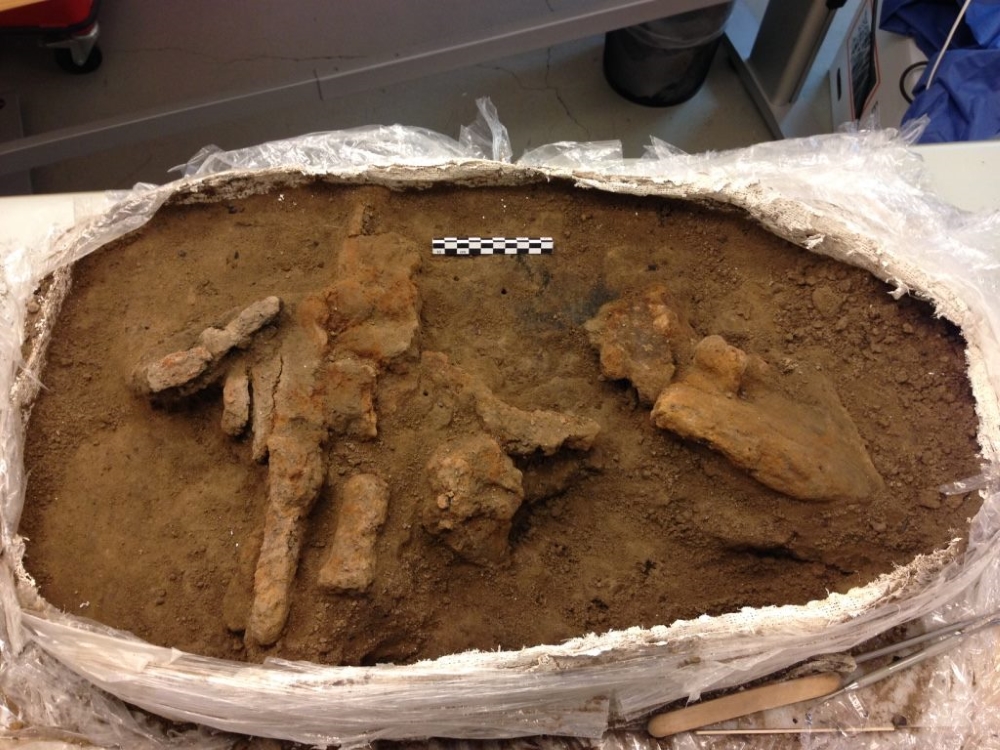
Archaeologists have discovered a 1,000-year-old set of iron tools at the Viking fortress of Borgring, on the island of Zeeland in eastern Denmark.
The researchers think the tools belonged to a master craftsman who occupied a workroom in a gatehouse of the fortress late in the 10th-century A.D. [Read full story about the Viking-age tools]
Citizen science
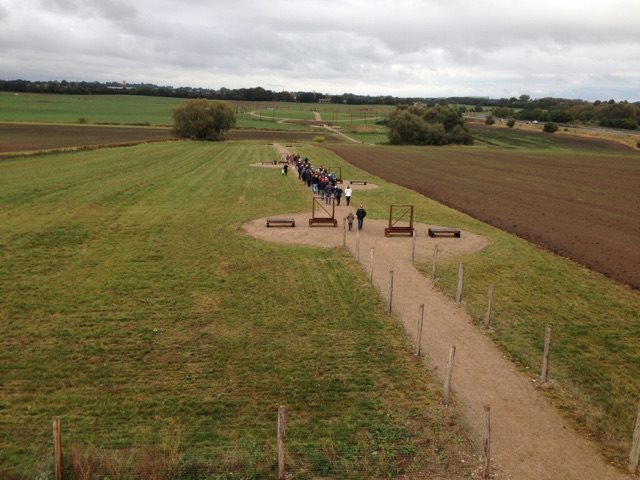
The iron tools were first located in the buried gatehouse by amateur archeologists using a metal detector at the Borgring site.
It's thought that the ring-shaped fort was built during the reign of the Danish king Harald Bluetooth around 980 A.D., as one of a network of military outposts around Denmark.
Looking for history
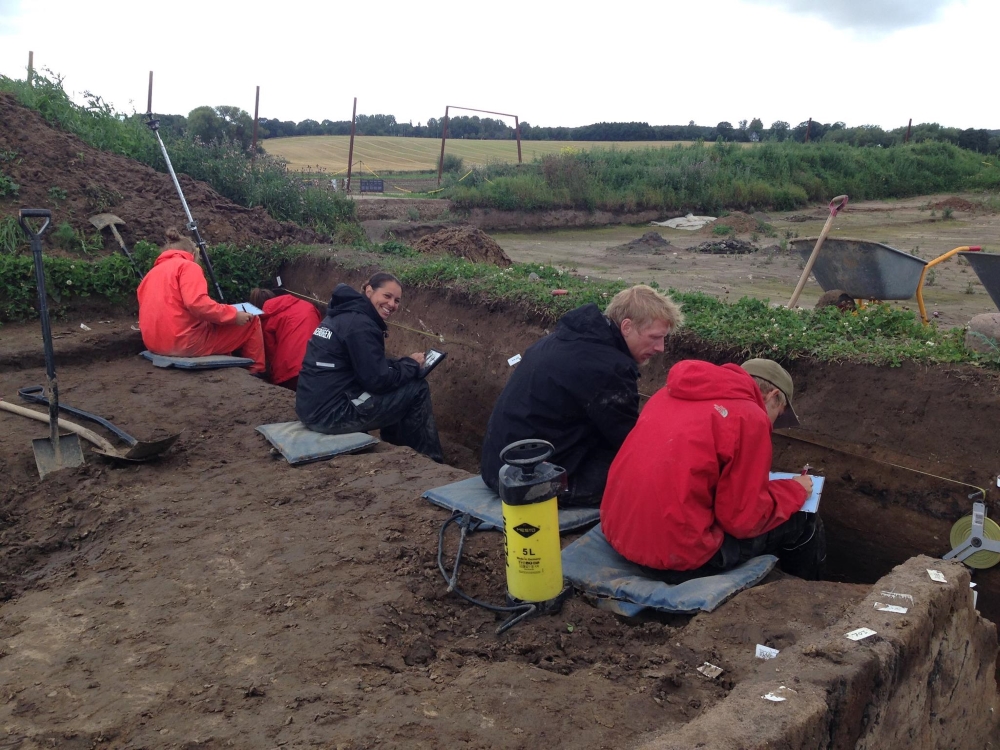
Archaeologist Nanna Holm, seen here facing the camera, is leading the excavations at Borgring, a joint project of the Danish Castle Center at Vordingborg and Denmark's Aarhus University.
Tech and history
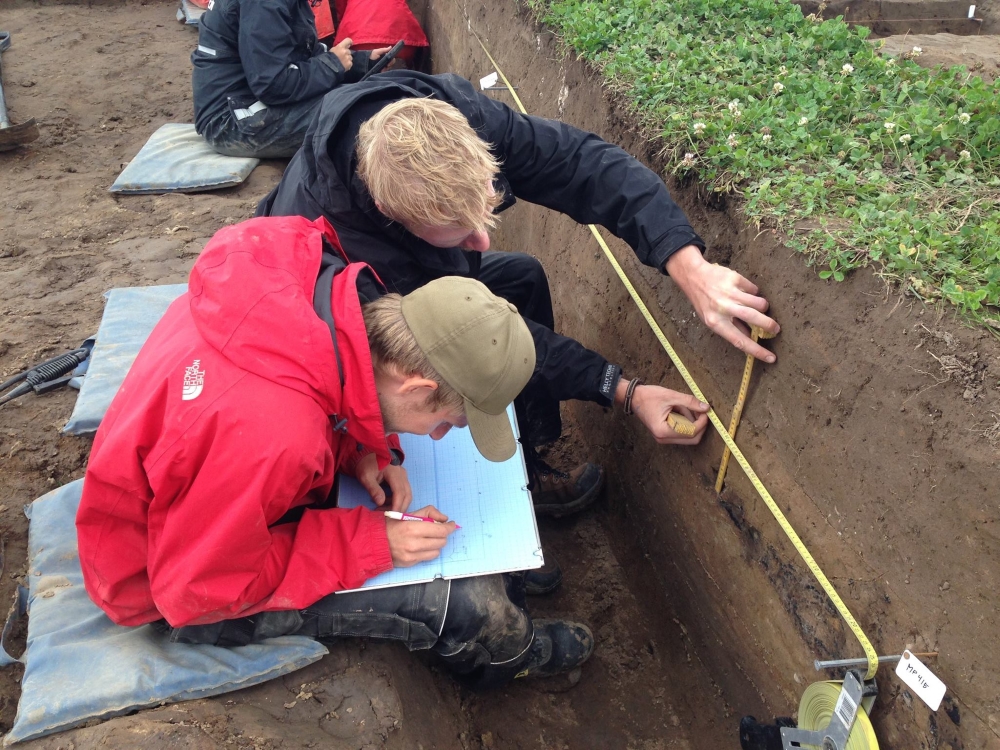
This summer, the archaeological team identified the source of the metal detector signal as a set of iron tools in a buried 10th-century layer of the fort's eastern gatehouse building.
It's thought the tools were left behind in a wooden chest when the aging wooden gatehouse eventually collapsed.
Sign up for the Live Science daily newsletter now
Get the world’s most fascinating discoveries delivered straight to your inbox.
Difficult endeavor
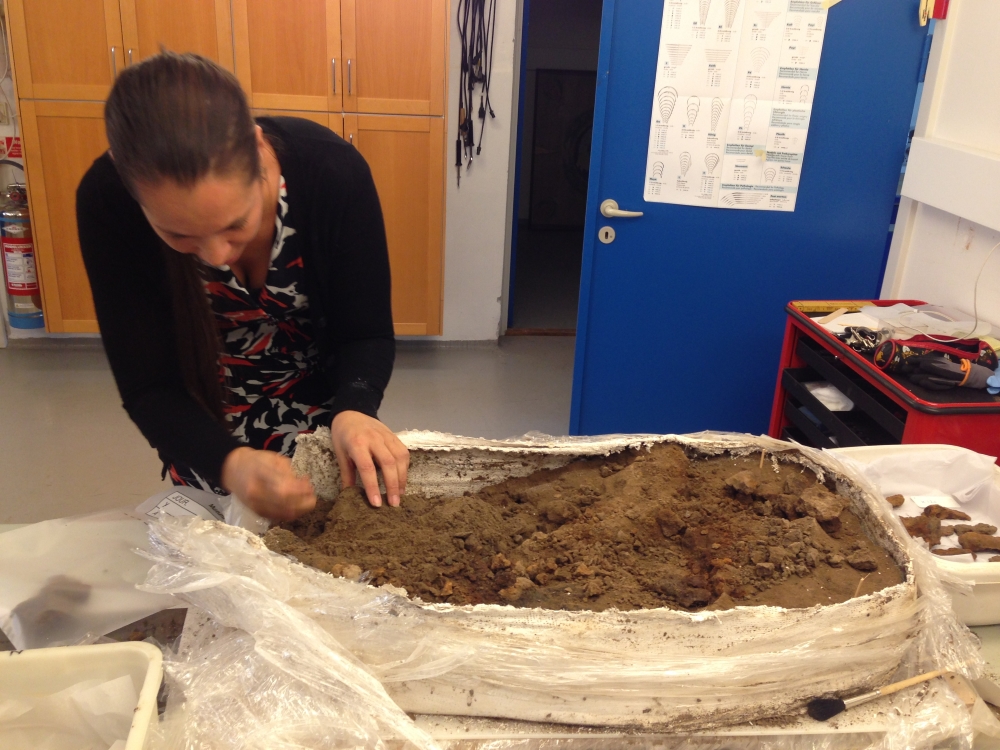
In August, the archaeological team carefully removed the entire deposit of earth containing all the iron tools, a delicate process that took two days. [Read full story about the Viking-age tools]
Scans for info
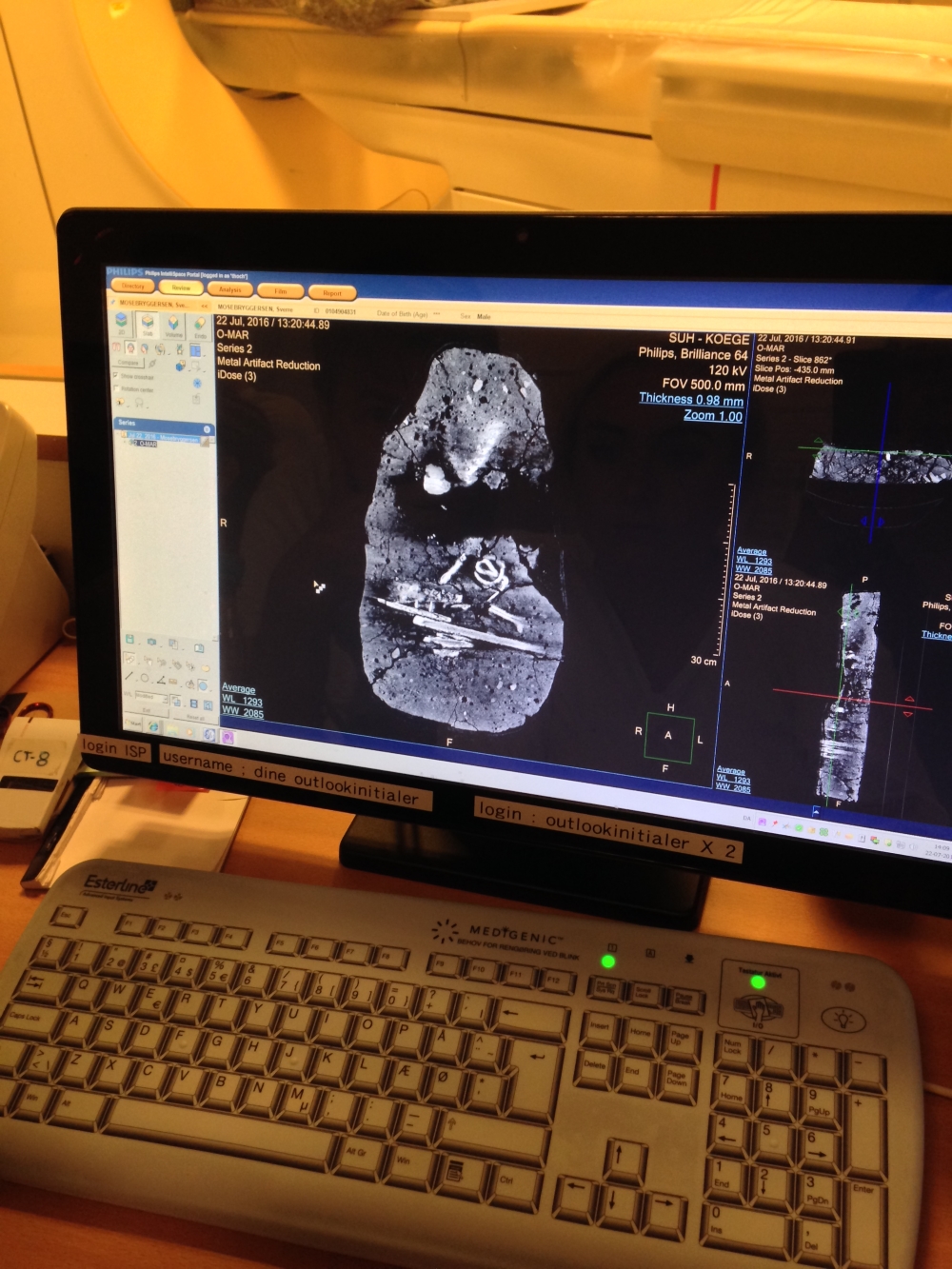
The toolbox was examined with hospital computerized tomography (CT) scanning equipment before the individual tools were excavated from the deposit, to determine the original arrangement of the objects inside.
A workman's tools
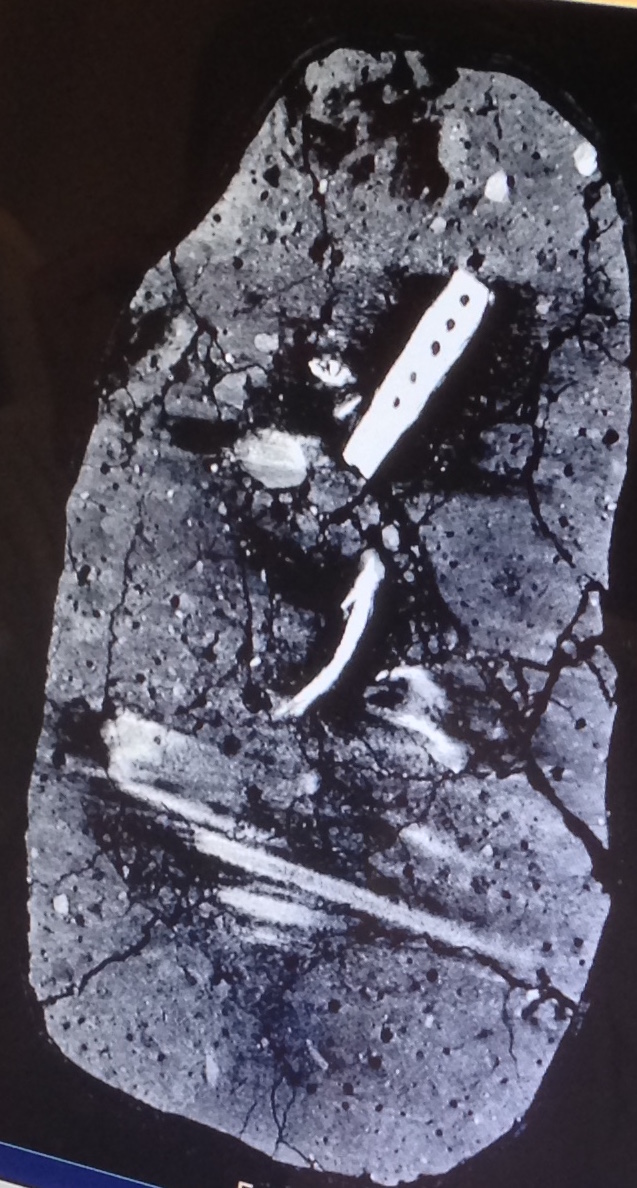
Although the wooden chest that once contained them has rotted away, the tools remained in place where they were abandoned.
So far, at least 14 individual iron objects have been found inside, including spoon drills that would have been used for building ships or houses, and a drawplate used for making metal wires (visible near the top of this image as a rectangular object pierced by a line of holes).
Study and preparation
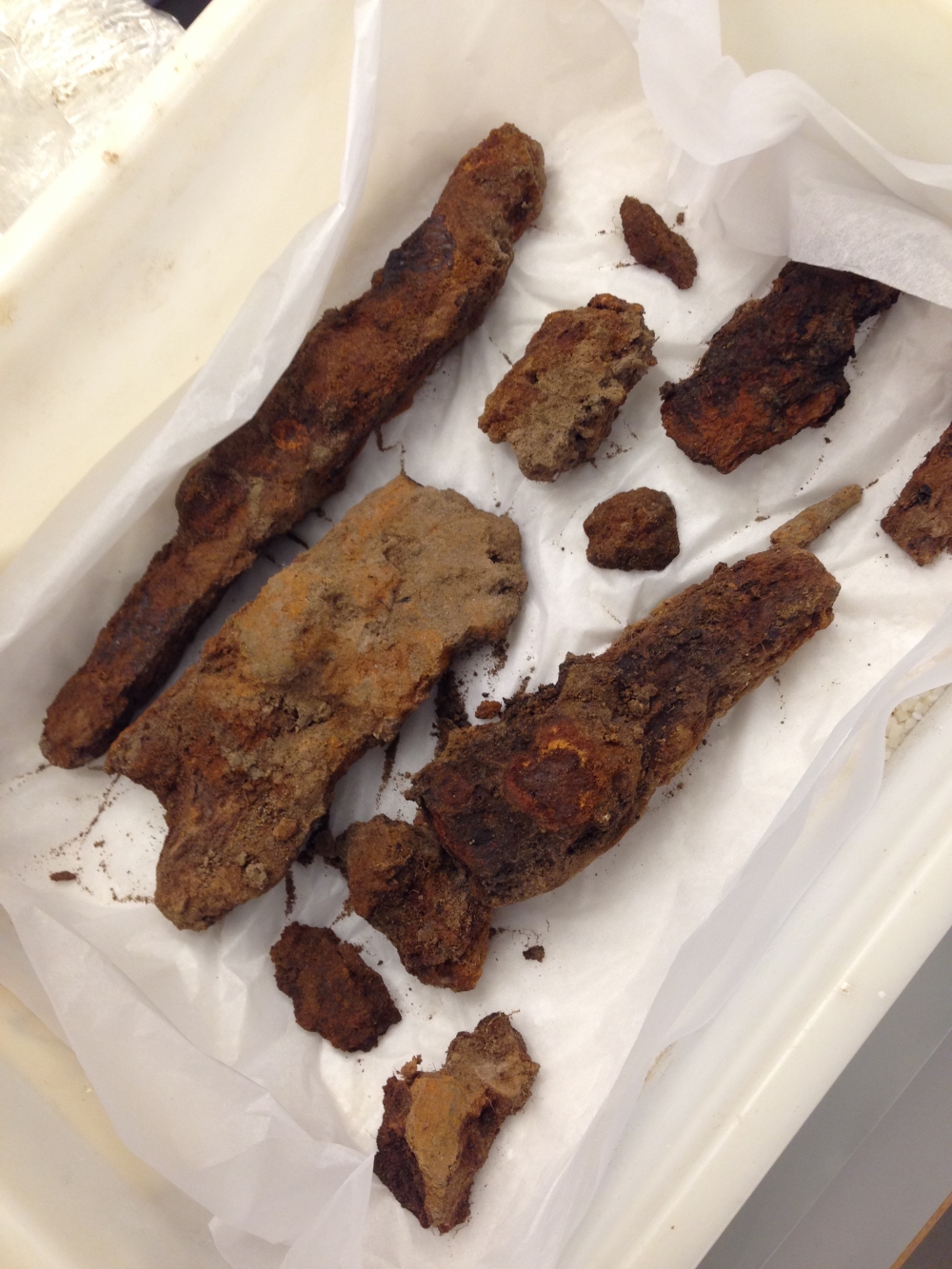
The researchers are now using X-ray equipment to individually study each of the iron objects found in the toolbox, before they're cleaned and preserved to go on display at an exhibition at Borgring next year.
Unity and security
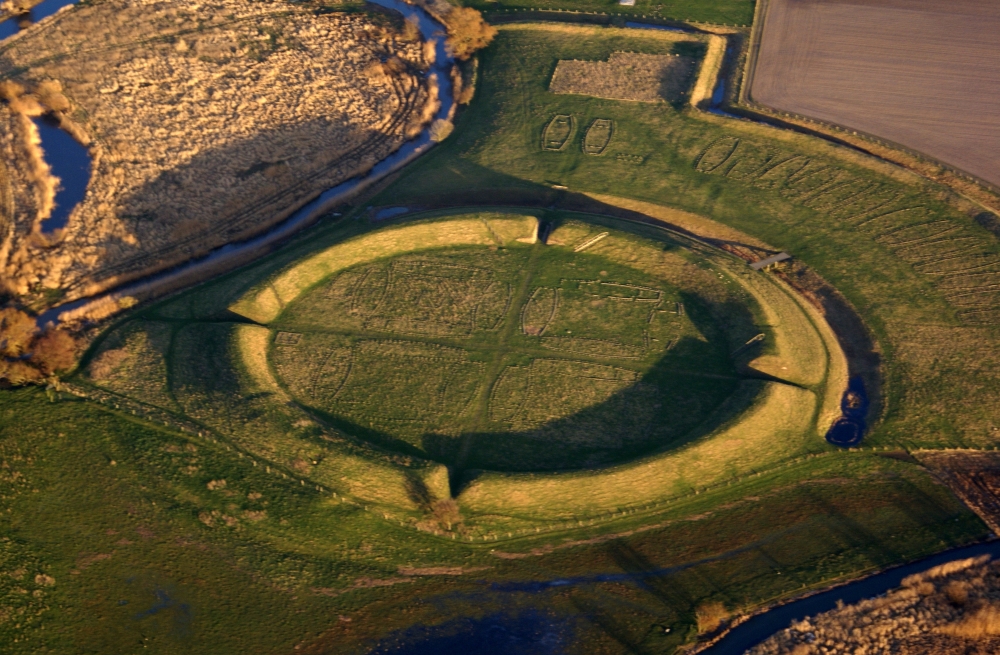
Archaeologists think Borgring may be one of five ring-forts built by Harald Bluetooth after 980 A.D., as he united the fractious Viking tribes in Denmark and southern Sweden and enforced Christianity as the national religion.
This image shows the ring-fort at Trelleborg, in the west of the Danish island of Zeeland.
Future research planned
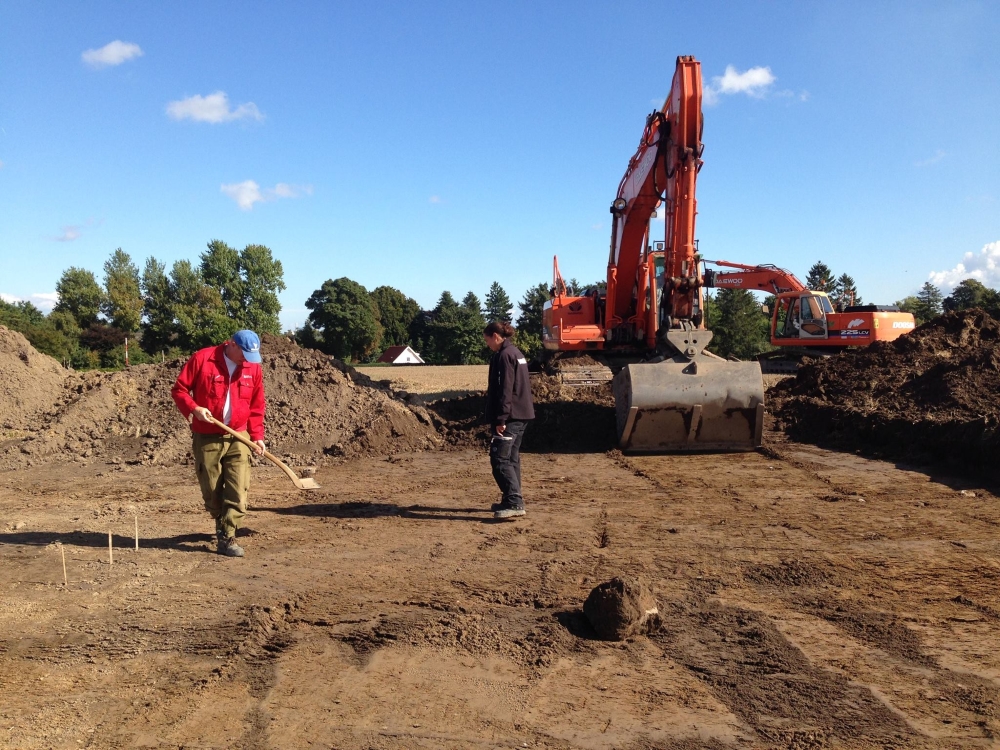
The archaeological team from the Danish Castle Center and Aarhus University will return for further excavations of the ring-fort at Borgring each summer for the next three years.
Borgring was only recently recognized as a Viking-age structure and the researchers hope further studies of the site will confirm its origins and purpose. [Read full story about the Viking-age tools]
Tom Metcalfe is a freelance journalist and regular Live Science contributor who is based in London in the United Kingdom. Tom writes mainly about science, space, archaeology, the Earth and the oceans. He has also written for the BBC, NBC News, National Geographic, Scientific American, Air & Space, and many others.









